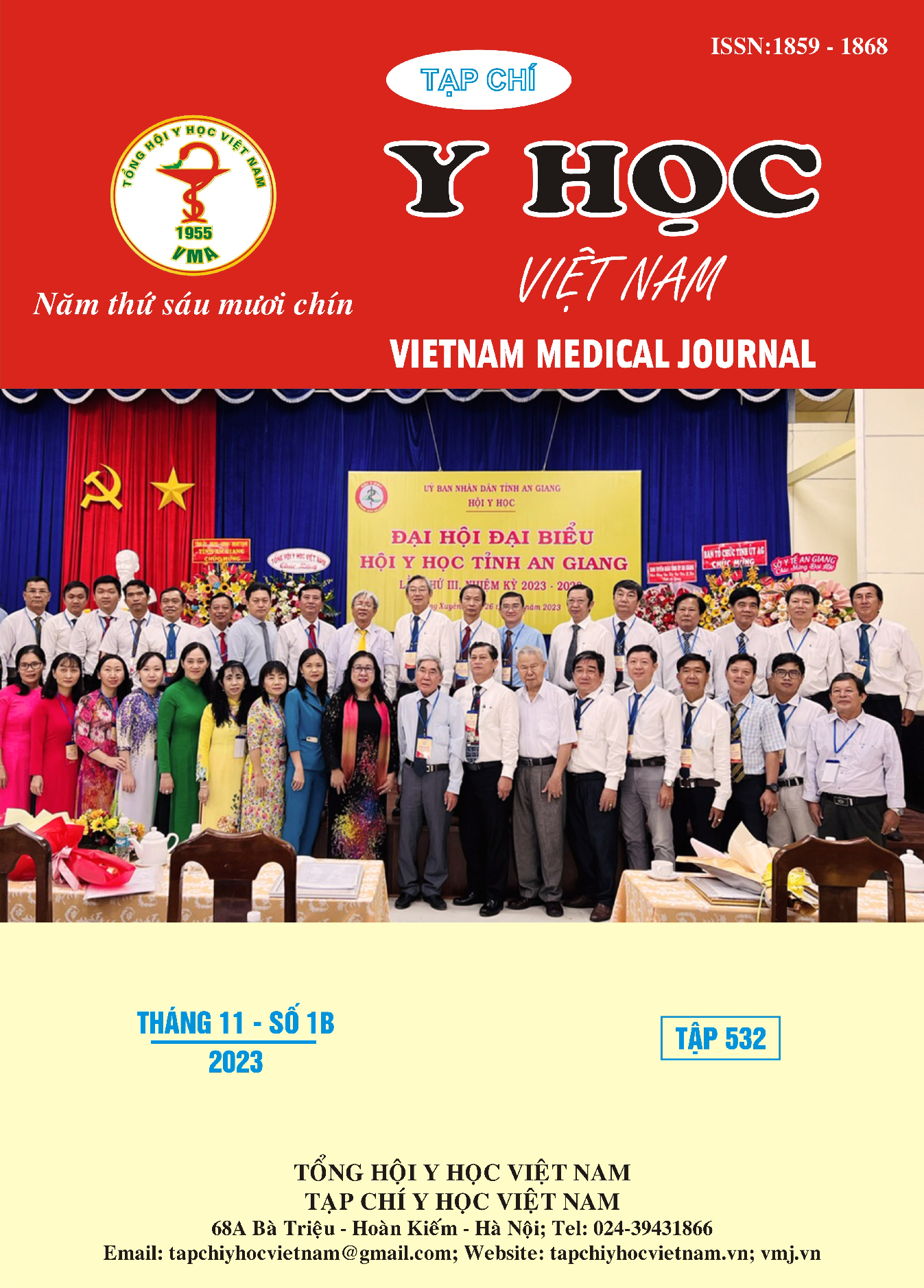MRI IN EVALUATION OF NEOPLASTIC INVASION INTO PREEPIGLOTTIC AND PARAGLOTTIC SPACE AT CHO RAY HOSPITAL
Main Article Content
Abstract
Background: Investigation of the invasion into the paraglottic space and the preglottic space is one of the important factors for staging and optimal treatment planning in laryngeal cancer. Magnetic resonance imaging (MRI) has proved to be a reliable diagnostic method for the evaluation of such structures and is therefore one of the important imaging tools in deciding on treatment options. Knowing the accuracy of MRI in identifying tumors invading the paraglottic and preglottic space helps otolaryngologists have the right tools to aim for a proper diagnosis and treatment strategy. Objective: Evaluation of the accuracy of magnetic resonance imaging (MRI) in neoplastic invasion into the preglottic and paraglottic spaces in patients with laryngeal carcinoma. Methods: Design: Prospective, case series study. This study was carried out at Cho Ray hospital from 07/2021 to 07/2022. 32 patients (97% males), overall average age 64.28 ± 7.54 years, (49 – 87 years), with histopathologically diagnosed laryngeal squamous cell carcinoma. MRI were analyzed for the presence of preepiglottic and paraglottic neoplastic invasion and were compared to postoperative histopathologic analysis. Results: In 31 patients (96.88%) the tumor was glottic and in 12 patients (37.5%) transglottic. There is statistical difference was found in the number of patients with positive MRI findings in comparison to postsurgical patohistology for infiltration of the preepiglottic space (50% vs 40.625%, respectively). Sensitivity for infiltration of preepiglottic space was 93%, specificity was 83% and an accuracy of 88%. The infiltration of the paraglottic spaces was observed more frequently on MRI than on postsurgical patohistology analysis (68.75% vs 53.125%; respectively; p < 0.001), with a sensitivity of 94%, a specificity 64% and an accuracy of 81%. Conclusions: MRI has been shown to be a reliable method for assessment of paraglottic space and preglottic space.
Article Details
Keywords
Laryngeal carcinoma, Magnetic resonance imaging, Preoperative evaluation
References
2. Becker M, Burkhardt K, Dulguerov P, Allal A (2008), "Imaging of the larynx and hypopharynx". Eur J Radiol, 66 (3), pp. 460-79.
3. Blitz A M, Aygun N (2008), "Radiologic evaluation of larynx cancer". Otolaryngol Clin North Am, 41 (4), pp. 697-713, vi.
4. Connor S (2007), "Laryngeal cancer: how does the radiologist help?". Cancer Imaging, 7 (1), pp. 93-103.
5. Zbären P, Becker M, Läng H (1997), "Staging of laryngeal cancer: endoscopy, computed tomography and magnetic resonance versus histopathology". Eur Arch Otorhinolaryngol, 254 Suppl 1, pp. S117-22.


